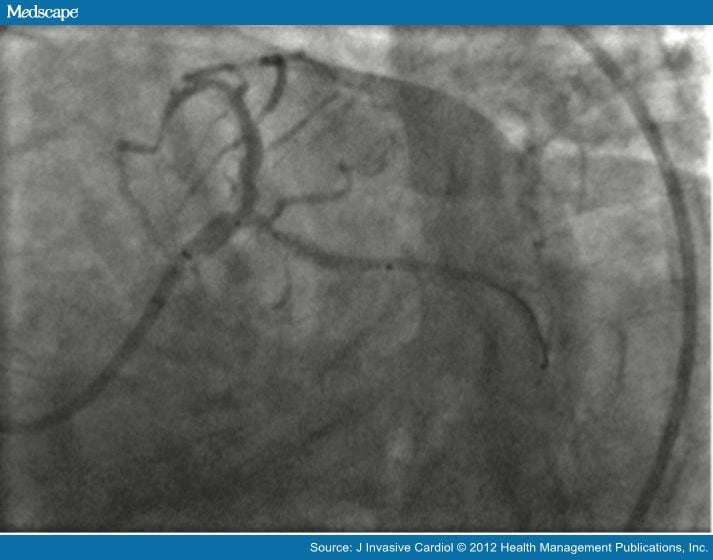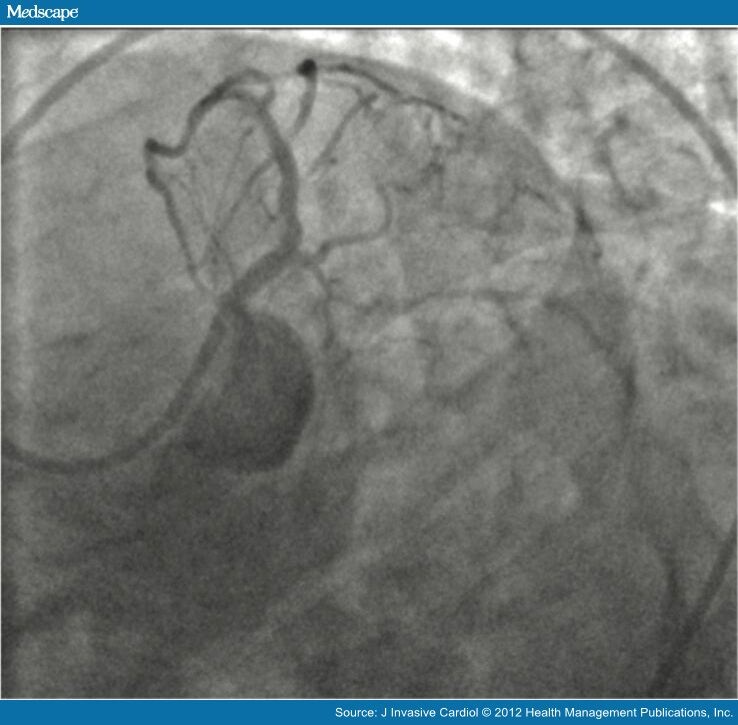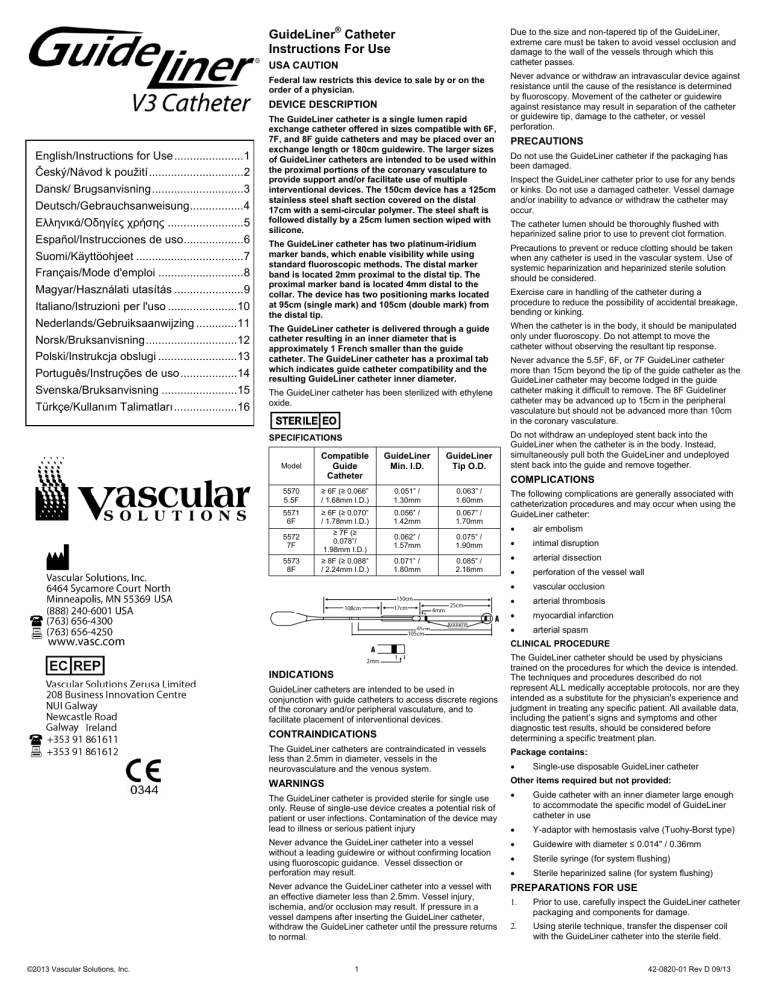
Make sure that fluoroscopy equipment is properly functioning and periodically tested and maintained.Always wear your personal radiation monitoring badge(s) and use them in the right manner.Address your questions to appropriate radiation protection specialists.Keep your knowledge of radiation protection issues up-to-date.Stand in the correct place: whenever possible on the side of the detector and opposite the X-ray tube rather than near the X-ray tube.Keep hands out of the primary beam unless unavoidable for clinical reasons commensurate with good practice.Use protective shields (mounted shields/flaps, ceiling suspended screens as applicable).Use a lead apron that provides at least 0.25 mm lead equivalence on the back and with overlapping 0.25 mm on the front (0.25 mm + 0.25 mm = 0.5 mm).

#Guideliner used for interventional full#
» Key points to remember for staff dose management in fluroscopy.īe aware that by using radiation protection principles and tools it is possible for staff in most situations to carry out the full work load typical in a busy facility still keeping the annual radiation dose in the range of 0 to 5 mSv (against 20 mSv that is the dose limit).

However, even in these situations, one can use effective protection to reduce the probability of cataract to a negligible level.Ī dosimeter placed outside the lead apron at neck level should serve well in estimating the dose to the eyes until advanced eye dosimeters are available. more than 10 minutes) per procedure and many procedures per day, such as in busy interventional cardiology or interventional radiology suites, there is a substantial risk of lens opacity. But if protection is not used, there can be a risk.įor procedures that require long fluoroscopy times (i.e. less than 5 min), sufficient protection of the eye lens can be achieved by using a lead screen or wearing lead glass eye wear. Performing a few fluoroscopic procedures per week that require only a few minutes of fluoroscopy time per procedure (i.e. For occupational exposure in planned exposure situations the Commission now recommends an equivalent dose limit for the lens of the eye of 20 mSv in a year, averaged over defined periods of 5 years, with no single year exceeding 50 mSv. This change has been based on recent data that indicate cataract occurrence at doses from 0.1 to 1 Gy. This is almost a tenfold reduction as compared to the previous value of 5 Gy given by the ICRP. The ICRP has recently, in April 2011, defined a threshold value of absorbed dose for cataract of 0.5 Gy to lens of the eye. For a low work load a 0.25 mm lead equivalence apron should do well. For high workload, a wrap-around lead apron with 0.25 mm lead equivalence that overlaps on the front and provides 0.25+0.25=0.5 mm lead equivalence on the front and 0.25 mm on the back would be ideal. A lead apron with 0.35 mm lead thickness equivalence should be sufficient for most fluoroscopic procedures. The same lead apron will provide less protection when the beam is of higher energy (or higher kV). The system will select a higher kV than for a thinner one and thus staff will be exposed to more scattered radiation. The thickness of a patient’s body part in the beam determines the kV that the machine uses. Lead aprons may reduce the dose received by over 90% (85%-99%) depending on the energy of the X-rays (kV setting) and the lead equivalent thickness of the apron. Lead aprons are the most effective personal radiation protection means and should be worn by everyone in a fluoroscopy room (except the patient). » Key points to remember for staff dose management in fluoroscopy. » What is the magnitude of staff doses associated with fluoroscopically guided surgical procedures? » How should I monitor my radiation exposure? » To whom should I address my concerns about radiation protection?

» Should I use a protective screen, as I am not used to it and I find it a hindrance in my work? » Why is periodic quality control (QC) of fluoroscopic equipment necessary? » Do I need special radiation protection training for working with fluoroscopy machines? Is there a risk of developing cataract for me? » Do different views such as posteroanterior, lateral and oblique have an effect on patient dose?

» Should I use lead impregnated gloves in fluoroscopic work? » How effective are lead aprons in fluoroscopic work? » Where should I stand in relation to the X-ray tube during a fluoroscopic procedure? » Is there a relationship between staff dose and patient dose in fluoroscopy? Frequently asked questions by the health professionals


 0 kommentar(er)
0 kommentar(er)
